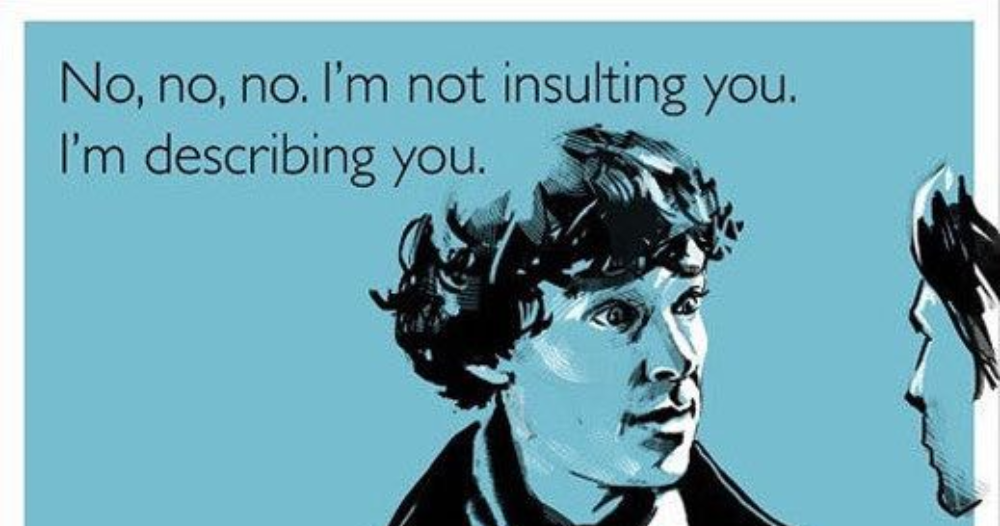Wondering how to read people like a pro? Learn how to decode body language, speech patterns, and subtle cues to better understand those around you—whether for personal or professional reasons.
Table of Contents
Introduction
Ever find yourself in a conversation, wondering if someone is being completely honest with you? Or maybe you’re trying to figure out if your boss is secretly annoyed with your performance but doesn’t want to say it out loud. Well, the ability to read people can be a game-changer in any situation. Whether you’re looking to get ahead at work, improve your relationships, or just understand what’s going on in a social setting, knowing how to read people can give you a major advantage.
But let’s face it, reading people isn’t always easy. It’s not like there’s a magic decoder ring that helps you instantly understand every little nuance of someone’s body language or choice of words. Fortunately, you can get pretty good at this skill. You just have to learn how to spot the signs, understand the context, and know when to trust your instincts.
In this article, we’ll dive into the art of reading people, breaking down some of the most important techniques, signs to look for, and tips that’ll help you get a better read on those around you. So, let’s jump right in and discover how to read people like a pro!
Why is It Important to Know How to Read People?

Before we dive into the techniques, you might be asking, “Why should I care about learning how to read people?” Well, here’s the thing: humans are incredibly complex, and while we may try to be open books, we often hide our true thoughts and feelings behind subtle cues, gestures, or even in the way we speak. If you can pick up on these clues, you’ll have a huge advantage in understanding people’s real motives, intentions, and emotions.
How to Read People In Social Situations:
- Are they really enjoying the conversation? Or are they just being polite?
- Do they feel comfortable, or are they holding something back?
- Is someone pretending to be confident when they’re really insecure?
How to Read People In Professional Settings:
- Can you tell if your colleague is about to ask for a raise?
- Is your boss really happy with your performance, or are they just putting on a brave face?
- How can you detect when a potential client is genuinely interested in working with you?
Being able to read people helps you avoid awkward situations, build stronger connections, and even stay ahead in the game when it comes to career advancement.
Key Components of Reading People

Now, let’s break down the core components of understanding human behavior. To truly read people, you’ll need to pay attention to three main areas: body language, tone of voice, and verbal cues. Each of these gives you insight into a person’s true thoughts and feelings.
1. Body Language: The Unspoken Truth
People say a lot more with their bodies than they do with their words. Body language can reveal everything from a person’s emotional state to their confidence level. Here’s what to look for:
Common Body Language Signs:
- Posture: A relaxed, open posture (arms uncrossed, shoulders back) typically indicates confidence and comfort. In contrast, crossed arms or slouched shoulders may signal defensiveness or discomfort.
- Eye Contact: Direct, steady eye contact often shows interest and engagement. However, avoiding eye contact might suggest nervousness, disinterest, or even dishonesty.
- Facial Expressions: Pay attention to micro-expressions (small, involuntary facial movements) that can reveal hidden emotions. For example, a quick flash of anger or surprise might pop up before someone tries to cover it up with a smile.
- Gestures: Subtle hand movements, fidgeting, or tapping can indicate nervousness or impatience. On the flip side, relaxed and purposeful gestures usually signify confidence.
Fun Fact:
Did you know that humans can communicate up to 80% of their emotions through body language? That’s a pretty significant chunk of info you can use to your advantage!
2. Tone of Voice: The Sound Behind the Words
It’s not just what people say, but how they say it. Tone, pitch, and speed can tell you a lot about what someone is really feeling.
Things to Notice:
- Pitch: A high-pitched voice might indicate anxiety or nervousness, while a lower pitch can suggest authority and calmness.
- Speed: People tend to speak faster when they’re excited or anxious, and slower when they’re more relaxed or trying to emphasize something important.
- Volume: If someone’s speaking in a louder-than-normal voice, they might be feeling defensive or trying to assert dominance. On the flip side, speaking softly can sometimes signal insecurity or reluctance.
3. Verbal Cues: Words Aren’t Always What They Seem
Even the words people use can give you insight into what’s going on beneath the surface. A person’s choice of words, sentence structure, and even the way they communicate can all offer clues about their true feelings or intentions.
What to Listen For:
- Vagueness: If someone is speaking in generalities or avoiding specifics, they may be hiding something or not being completely honest.
- Contradictions: If someone’s words don’t align with their body language or tone, it might be a sign of discomfort or dishonesty. For example, if someone says, “I’m fine,” but their body is tense and they avoid eye contact, they might be lying.
- Repetition: Repeating certain phrases or words can indicate anxiety or that the person is trying to convince themselves of something.
How to Read People in Different Situations

Now that you know the key components of reading people, let’s dive into how to apply these techniques in different scenarios.
1. How to Read People In Conversations
When you’re chatting with someone, it’s important to look for discrepancies between what they’re saying and how they’re behaving. Here’s how to tell if they’re being sincere or hiding something:
- If they’re avoiding eye contact or fidgeting while saying something positive, it could be a sign they’re not being completely honest.
- Pay attention to their enthusiasm. Someone who’s genuinely interested in the conversation will usually have an open posture and will lean in toward you, not away.
2. How to Read People At Work
Office environments are full of unspoken signals. Want to figure out what your colleague really thinks of your idea? Or how your boss feels about your project? Here’s what to look for:
- If your boss is nodding along but not saying much, they could either be in deep thought or just politely listening. If their body is turned away or they seem distracted, it might mean they’re not that impressed.
- When a colleague’s feedback feels lukewarm, observe their body language. Are they looking at their phone while talking to you? That could mean they’re not fully engaged.
3. How to Read People In Relationships
In romantic or close friendships, reading people is crucial to avoid misunderstandings. It’s all about noticing small cues:
- If your partner seems distant or avoids physical touch, something might be off. They might be feeling insecure or upset but not want to talk about it.
- On the flip side, if someone is constantly touching their hair or maintaining eye contact, they could be interested in you or genuinely enjoying the moment.
Conclusion
At the end of the day, learning how to read people is about becoming more aware of the world around you—and trusting your instincts. By paying attention to body language, tone of voice, and the words people use, you can get a much clearer picture of what’s going on beneath the surface. It might take a bit of practice, but once you get the hang of it, you’ll be able to navigate almost any social or professional situation with confidence.
So, next time you find yourself wondering, “What’s really going on here?” remember to trust your observations. With a little effort, you’ll be reading people like an open book!
Negative Reinforcement vs Positive Reinforcement: Which One Works Best?
For Video Content: Checkout Our Youtube Channel
FAQs: Your Questions About How to Read People, Answered
Can anyone really learn how to read people?
Absolutely! While some people might be naturally more observant, anyone can develop the skill to read people by paying attention to body language, tone, and word choice. It takes practice, though.
What if someone is good at hiding their feelings?
It’s true that some people are excellent at masking their emotions. However, even the best at concealing their feelings often slip up in small ways—whether it’s a brief change in their expression or a subtle shift in their body language. It’s all about being aware of those little signals!
Is it possible to misread someone?
Definitely. People are complex, and there are always external factors that might affect their behavior. For example, someone might seem tense because they’re stressed about something unrelated to you. That’s why context is so important when reading people.
By: Ardansharma



Pingback: Eye Gaze: Decoding Body Language Through Your Eyes - Body Language and Psychology
Pingback: Learn Human Psychology: Basics, Theories and Types